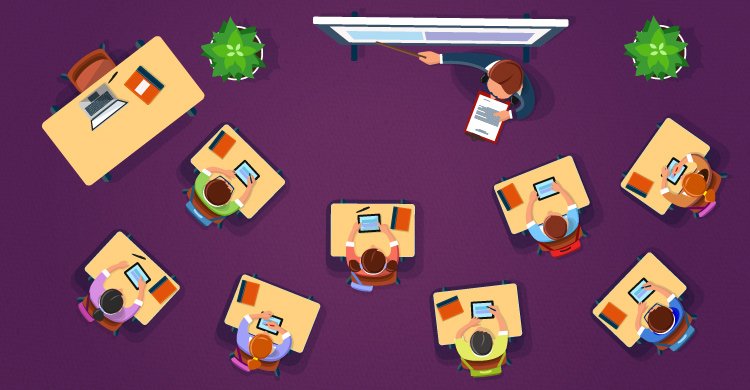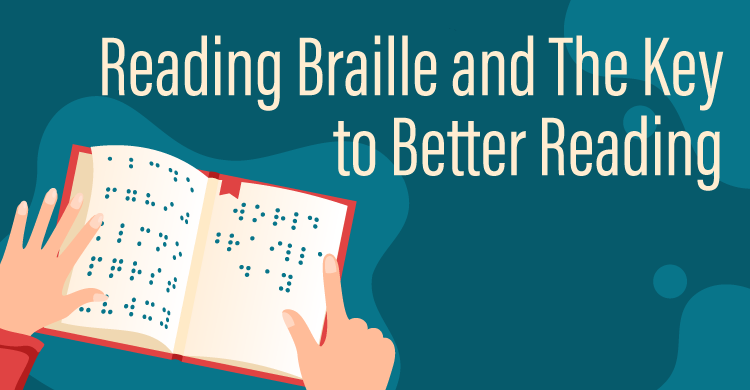(Note: This post is co-authored by Kristine E. Pytash and Richard E. Ferdig, and guest authors John Dunlosky and Karl W. Kosko of Kent State University.)
Whether children are reading electronic storybooks, creating interactive videos and multimedia stories, or reading and responding to standardized tests in digital formats, technology is influencing what it looks like to read and write and how teachers and parents are using new digital tools to transform reading and writing instruction. As researchers and teachers, we are interested in these various ways technology and digital media support reading and writing instruction. Recently, we’ve been studying eWriters and how these tools might influence children’s writing acquisition and composition process.
What Are eWriters?
An eWriter is a digital writing tablet allowing users to write and draw directly on the screen. There are devices like iPads and Android tablets that include handwriting or direct screenwriting features; however, eWriters here refers to devices that have the sole feature and purpose of writing on the screen. Less-expensive models have smaller screens; more-costly versions include overlay templates, recall features, and larger screen space.
Our eWriter Study
In the fall of 2016, we worked with preK, Kindergarten, and first-grade students at an elementary school in northeast Ohio. We wanted to learn more about how the eWriters might influence students’ desire to write (their motivation) and how they thought of themselves as writers (their self-efficacy).
We gave students, parents, and teachers an initial survey instrument to measure student motivation and self-efficacy tied to reading and writing. Students were then each given a BoogieBoard Sync to use for six weeks during classroom instruction. At the start of the fourth week, students were also given an additional Sync to use at home. Finally, at the end of the six weeks, all students, parents, and teachers were given a follow-up survey, and students’ drawings and writings were collected from the Sync devices.
The Results and Findings
We found that student motivation and self-efficacy increased, in addition to parents’ and teachers’ perceptions of students’ interests in reading and writing. The 52 students in the study produced almost 9,000 drawings and writings over the six-week period.
Why is this surprising? Technologies today are touted for their ability to be used as all-in-one tools. Watches tell you the time and also alert you to incoming phone calls and text messages. Refrigerators keep your food cold but also connect to the Internet to let you peek inside while you’re at the grocery store. Both iPad and Android tablets have apps that let you do everything from math and science instruction to doing your taxes to measuring your body-mass index.
By contrast, in an age of multitasking tools where more is better, an eWriter is relatively simplistic. However, what it does is important. When asked for more information, parents and teachers loved the fact that when their children were on the devices, the eWriters focused students on their literacy activities and prevented them from being distracted by other apps and games. Instead of being a limitation, the singular features of the tool directed student attention on emerging literacy activities such as drawing, letter practice, and spelling.
This outcome is not only surprising, it is also incredibly important. In a 2017 study published in Developmental Psychology, researchers found that one of the most important early literacy skills to encourage reading is invented spelling. The authors of the study provide evidence that students’ writing with invented spelling contributes to reading, phonemic awareness, and knowledge of the alphabet.
In our own study, students grew in their beliefs of themselves as readers and writers, as well as their motivation to spell, to think of spelling as important, and to think of themselves as good spellers. This is important because it reminds us that the acts of reading and writing are connected; engaging students in one practice develops the other.
In Conclusion
Multifunction tablets, phones, and computers still have their place in teaching and learning; however, it is always important to remember that technology shouldn’t be a distraction from reading and writing as the emphasis of instruction. Rather, as we consider the affordances and constraints of each digital tool, it is important to focus on how the tool develops students’ reading and writing learning and engagement.
[author_bio id=”331″]
[author_bio id=”217″]






